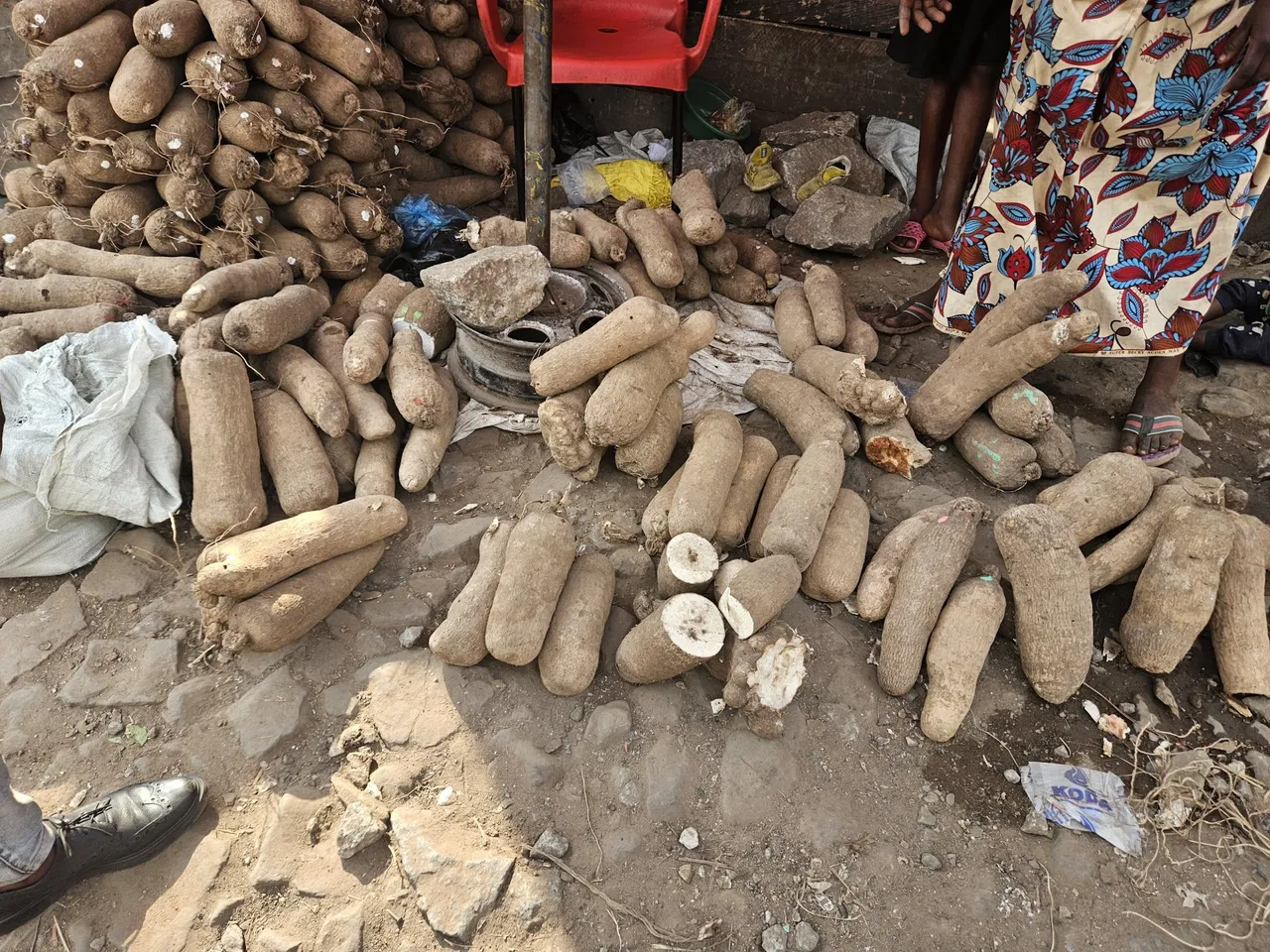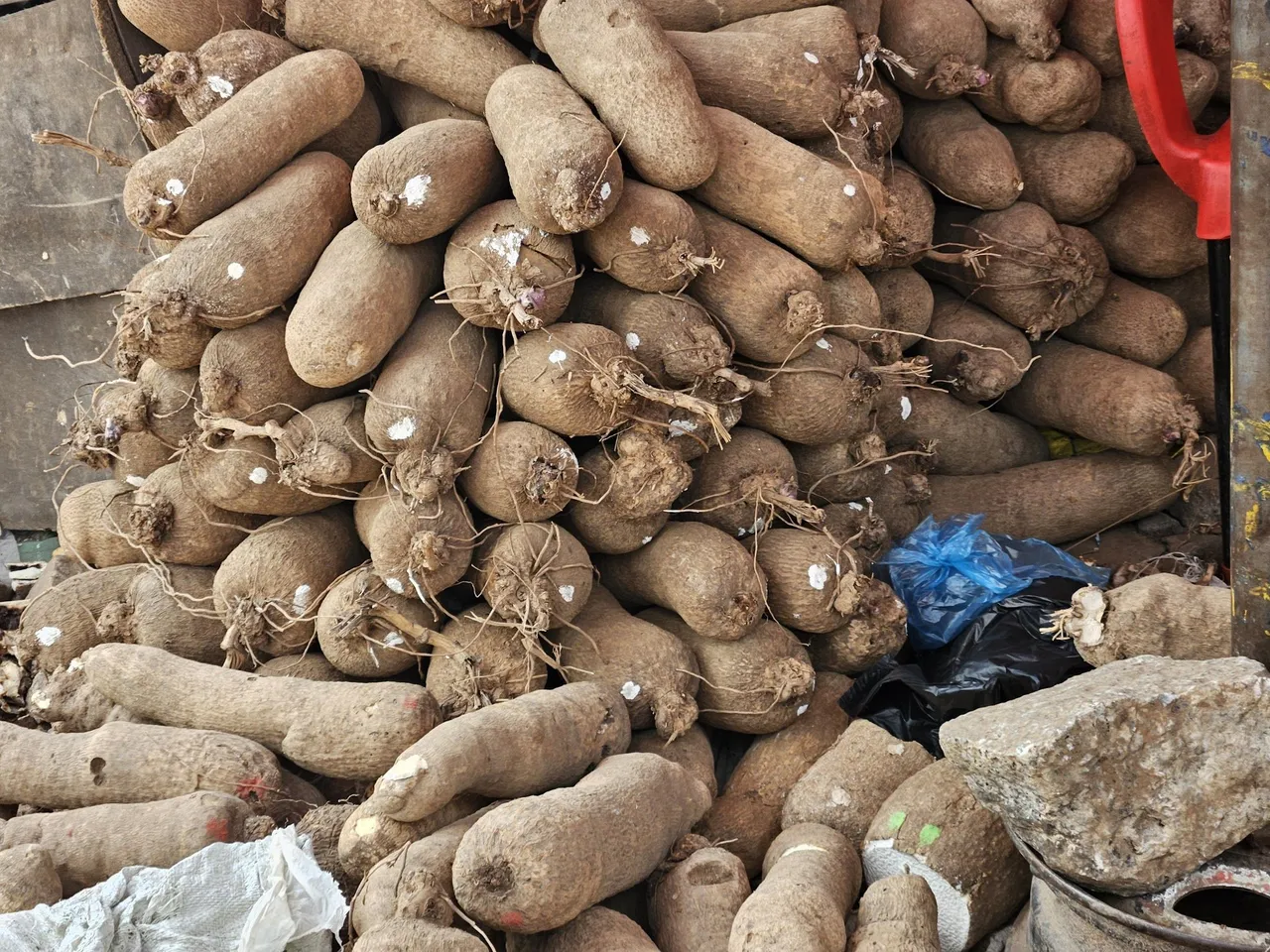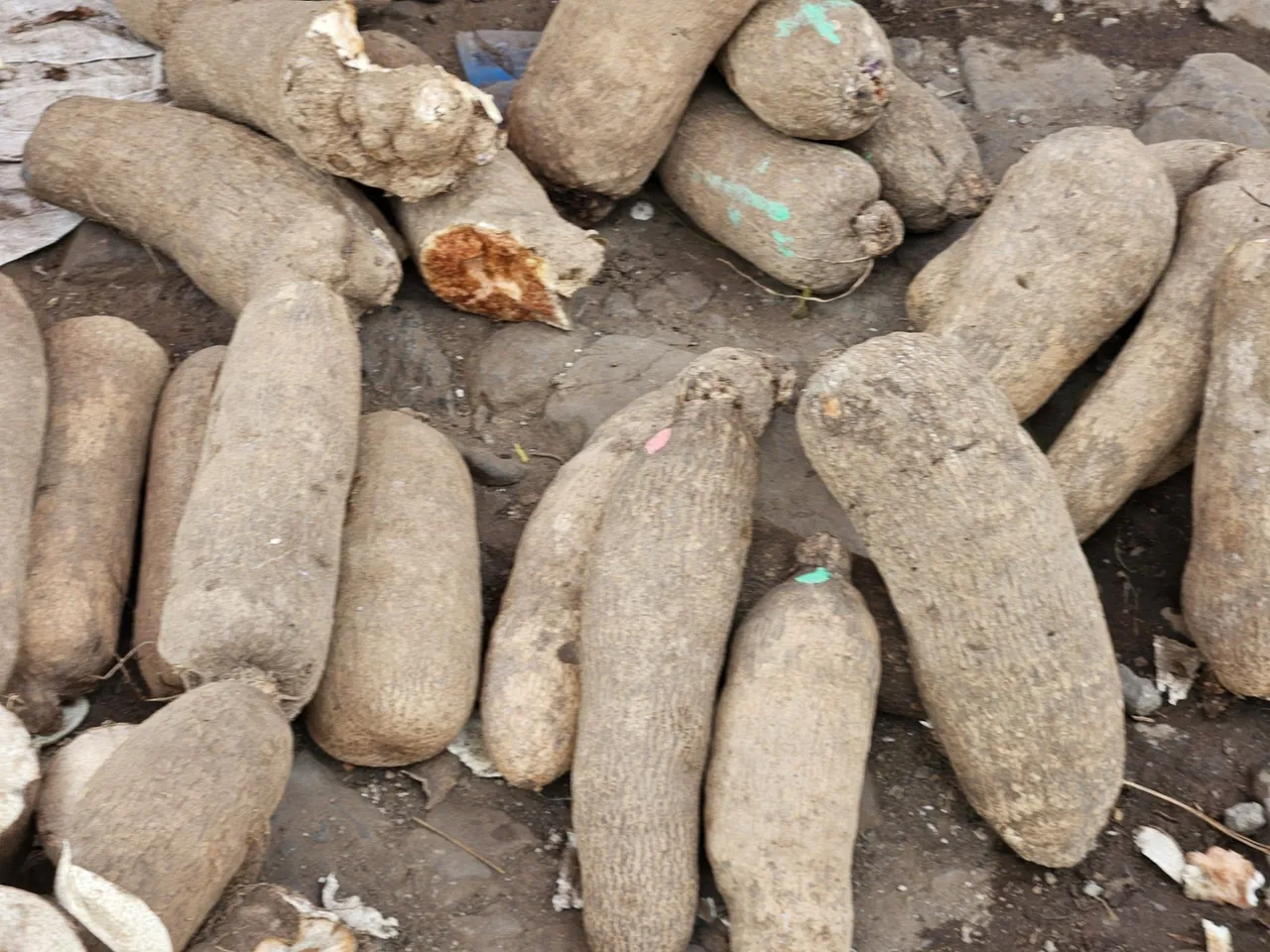
There is something special about Ghanaian yams, just as there is something special about these tubers before they are cooked. They are appealing and rich and full of life, even non-cooked. The photos in this post show the natural beauty of yams after they have been taken from the soil of Ghana. There is firmness, earthiness, and body that speak to the agricultural strength of Ghana. There are stories of work, culture, and sustenance told through each yam.
In Ghana, yams and yam cultivation are more than agriculture, especially when based in the village. It is a way of life and a legacy. Very few families grow yams solely for their use. Instead, they sell them in local markets and feed themselves. And that is all agriculture is meant to be. The yam legacies have been formed, and continue through our transference of what we planted and tended to the land.

There is something deeply satisfying to see local yams presented in baskets and on farm grounds, waiting for purchase or consumption in homes. And Ghanaians own the artistry of their presence. The abundance of yams projected raw makes you appreciate the wonderful connection between cultures and the things that they do around agriculture. And there is so much strength and consistency in Ghanaian farmers who were ensuring their family's security with yam farming.
Whenever I come across a display of yams for sale at the village or the market, I cannot help but feel proud. I am proud of farmers and their capacity to nurture the land and provide food for the country. To me, Ghanaian yams are not food and beyond this thought. They are also a celebration of people, land, and the perseverance that farmers in Ghana exemplify.
